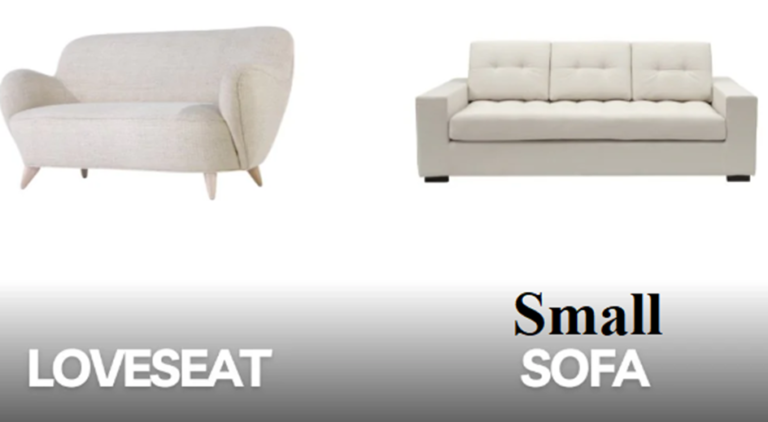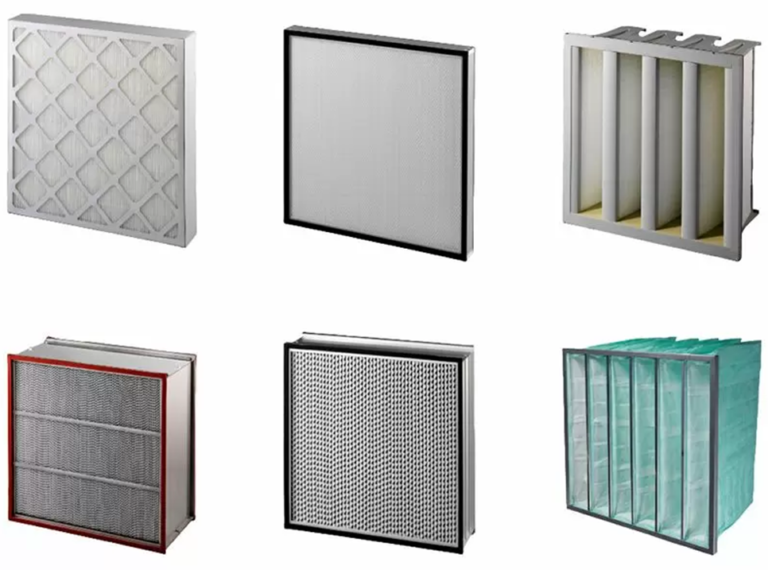Choosing the Right Filler Material for Welding: A Complete Guide
Welding joins two materials, usually metals or thermoplastics. Filler material plays an important role in several welding processes. Filler material serves to bridge the gap between two welded components. It is used to increase the strength of the weld. Without filler material, the weld may be less durable.

What is Filler Material?
It is a substance used during welding. It fills the gap between the two basic materials. The substance melts and solidifies alongside the base metals. This results in a strong connection following the cooling phase.
Importance of Filler Materials
Many welding applications need the use of filler materials. They strengthen the weld and add extra substance. This is especially critical when the underlying materials are thin or brittle. The filler material guarantees that the weld is solid and consistent.
Types of Filler Materials
There are several types of filler materials used in welding. The choice depends on the type of base metal and the welding process. Below are the main types.
1. Metal Filler Rods
Metal filler rods are commonly used in arc welding. These rods melt to join the base materials. They often make the rods from the same metal as the base materials. This ensures that the weld has similar properties.
2. Filler Wires
Filler wires are commonly used in MIG and TIG welding. They are continuously fed into the weld area. Filler wires melt as the welding process continues. They carefully choose the wire material to match the base metals.
3. Flux-Coated Filler Materials
Some filler materials are coated with flux. Flux serves to prevent contamination during the welding process. It shields the molten metal from oxygen and other gasses. This promotes a clean and strong weld.
4. Non-Metallic Fillers
In some circumstances, nonmetallic filler materials are employed. These include materials such as ceramics and polymers. They commonly utilize nonmetallic fillers for welding thermoplastics or in specialized applications.
Selecting the Right Filler Material
Choosing the right filler-material is critical. The choice affects the strength, appearance, and durability of the weld.
1. Base Material Compatibility
The filler material must be compatible with the base metals. If not, the weld may be weak or brittle. Most welders use filler materials made from the same metal as the base materials.
2. Welding Process
Different welding techniques necessitate different types of filler materials. MIG welding frequently uses wire fillers, whereas TIG welding use rods. The technique also establishes the thickness and size of the filler material.
3. Environmental Factors
Environmental factors can affect the filler-material choice. For example, welding in an outdoor environment may require special flux-coated materials. These materials help protect the weld from wind or moisture.
4. Mechanical Properties
The mechanical properties of the filler-material are important. These include tensile strength, ductility, and corrosion resistance. The filler-material should match or exceed the properties of the base materials.
5. Heat Input
Some filler-materials are better suited for high-heat applications. Others may be more appropriate for low-heat processes. The heat input of the welding process affects the performance of the filler-material.
Common Filler Metals
Filler metals are widely used in metal welding. Below are some of the most common filler metals.
1. Carbon Steel Fillers
Carbon steel fillers are commonly used in structural welding. They are strong and affordable. However, they may require a protective coating to prevent rust.
2. Stainless Steel Fillers
Stainless steel fillers are corrosion resistant. Industries employ them where rust and corrosion are an issue. They widely utilize these fillers in food processing and maritime applications.
3. Aluminum Fillers
Aluminum fillers are light and corrosion-resistant. They’re frequently used in the automotive and aerospace industries. Due to its low melting point, aluminum welding requires particular processes.
4. Copper Alloy Fillers
They use copper alloy fillers for joining copper or brass. They often use them in plumbing and electrical applications. Copper alloys offer excellent thermal and electrical conductivity.
5. Nickel Alloy Fillers
High-temperature applications use Nickel alloy fillers. Nickel alloy fillers are heat and corrosion resistant. Power plant and chemical industry are the two main important fields of these fillers.
Benefits of Using Filler-Materials
Filler-materials offer several advantages in welding. Below are some key benefits.
1. Increased Strength
Filler-materials add strength to the weld. This is particularly important in structural applications.
2. Improved Durability
Welds created with filler-materials are often more durable. They can tolerate stress, pressure, and environmental conditions better.
3. Better Aesthetic Quality
Filler-materials help create a smoother, more uniform weld. This improves the overall appearance of the weld.
4. Versatility
Different filler-materials can be used for different welding processes. This makes them versatile and adaptable to a wide range of applications.
5. Protection from Contamination
Flux-coated filler-materials serve to protect the weld from contaminants. This produces cleaner, more reliable welds.
Challenges with Filler Materials
Despite their benefits, filler-materials also present challenges.
1. Cost
Some filler-materials, like stainless steel or nickel alloys, are expensive. This increases the overall cost of the welding project.
2. Compatibility Issues
Not all filler-materials are compatible with every base material. Using the wrong filler-material can lead to weak or defective welds.
3. Welding Skill
Using filler-materials requires skill and precision. Improper use can result in poor-quality welds or material defects.
Future of Filler Materials
The future of filler-materials seems hopeful. Advances in materials research are resulting in stronger, more efficient fillers.
1. Advanced Alloys
New alloy compositions are being developed for specialized applications. These alloys offer improved strength and corrosion resistance.
2. Eco-Friendly Fillers
Research is being conducted on eco-friendly filler-materials. These materials reduce waste and environmental impact.
3. Additive Manufacturing
Researchers are investigating additive manufacturing as a method for developing unique filler- materials. This enables more precise and custom welding solutions.
Conclusion
Filler materials are crucial in welding. They improve overall strength, durability, and attractiveness. Choosing the correct filler material is determined by a variety of factors. As technology progresses, the future of filler materials is bright.
FAQ’s
What is a filler-material in welding?
Why are filler materials important in welding?
What types of filler materials are used in welding?
How do I choose the right filler material?
What are the most common filler metals?






